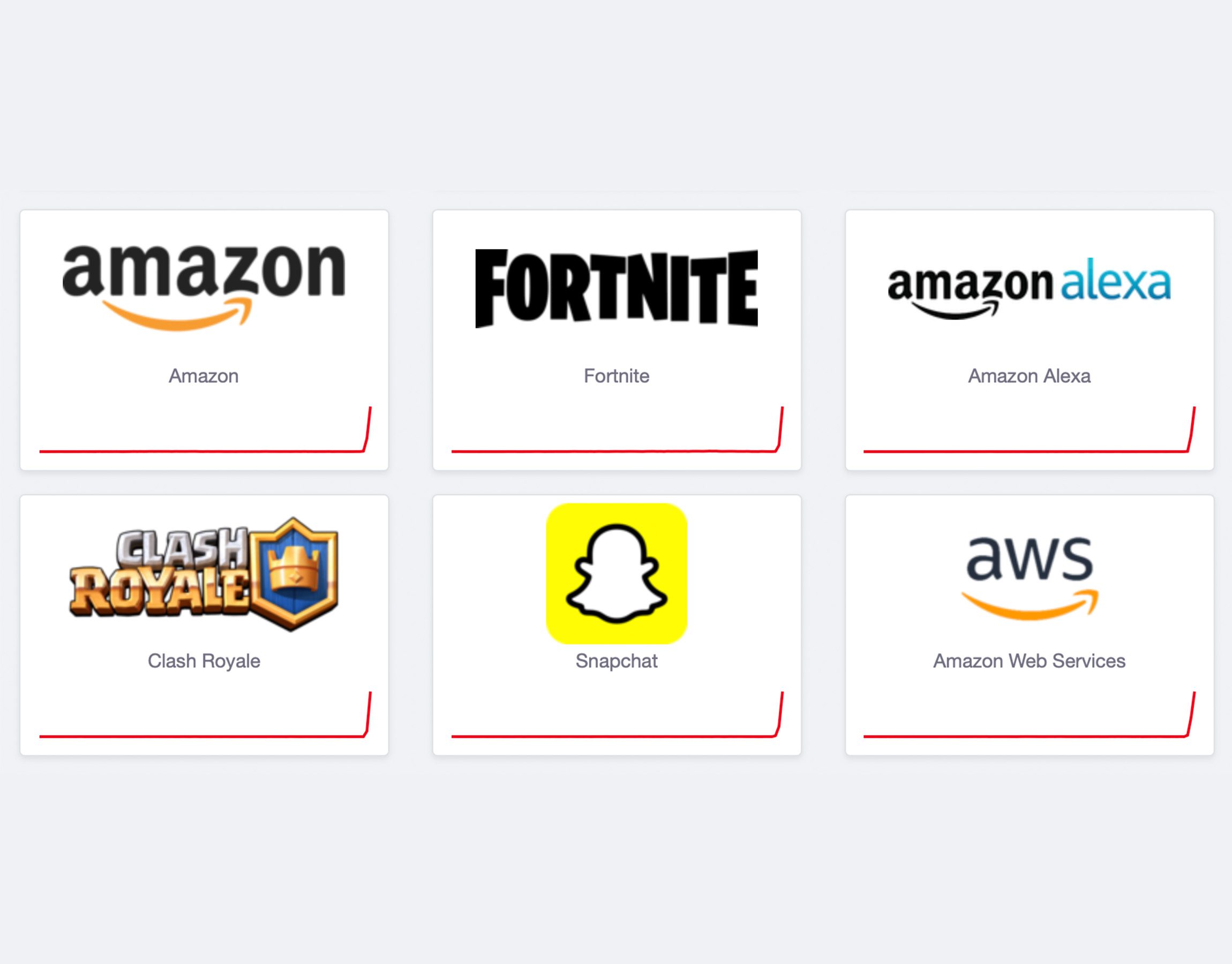
spacex launches 10 000th starlink internet satellite SpaceX has achieved a significant milestone by launching its 10,000th Starlink satellite, marking a pivotal moment in the company’s efforts to provide global internet coverage.
spacex launches 10 000th starlink internet satellite
Milestone Launch Details
On Sunday, SpaceX successfully deployed 56 additional Starlink satellites aboard separate Falcon 9 rockets. This launch not only brought the total number of satellites launched into low Earth orbit to over 10,000 but also tied the record for the most launches in a single year, with the 132nd Falcon 9 mission of 2025 still ahead of schedule with more than two months remaining in the year.
Operational Satellites
As of now, approximately 8,608 of these satellites are operational, according to calculations from Jonathan McDowell’s satellite tracker. This operational count is crucial as it reflects the satellites actively contributing to Starlink’s internet service. Each Starlink satellite has an estimated lifespan of about five years before it is intentionally de-orbited, allowing it to burn up in the atmosphere, thus mitigating space debris concerns.
History of Starlink
The journey of Starlink began in February 2018 when SpaceX launched its first prototypes. Following a series of successful tests, the service was officially offered to the public in 2021. Since then, Starlink has rapidly expanded its constellation, aiming to provide fast, low-latency internet access to underserved and remote areas around the globe.
Service Expansion and Adoption
Starlink’s service has gained traction in various regions, particularly in rural and remote areas where traditional internet infrastructure is lacking. The service has been praised for its ability to deliver high-speed internet in locations where other providers have struggled. As of now, Starlink has been deployed in over 40 countries, with plans for further expansion.
Future Plans and Regulatory Approvals
SpaceX has received approval to launch a total of 12,000 satellites, with ambitions to expand this number to over 30,000 in the future. This extensive satellite network is designed to enhance global internet coverage and improve service quality, particularly in regions that have historically faced connectivity challenges.
Competition in the Satellite Internet Space
SpaceX is not alone in its quest for satellite internet dominance. Competitors like Amazon’s Project Kuiper and various initiatives in Europe and China are also working on their own mega-constellations. These developments raise concerns about overcrowding in low Earth orbit, which could potentially lead to increased risks of satellite collisions and space debris.
Concerns and Implications of Overcrowding
The rapid deployment of thousands of satellites has sparked discussions among industry experts and regulatory bodies regarding the sustainability of such mega-constellations. The potential for overcrowding in low Earth orbit poses several risks, including:
- Collision Risks: With more satellites in orbit, the likelihood of collisions increases, which can create hazardous debris that threatens both operational satellites and crewed space missions.
- Space Debris Management: The growing number of satellites necessitates effective debris management strategies to ensure the long-term sustainability of space activities.
- Regulatory Challenges: As more companies seek to launch their own satellite networks, regulatory frameworks will need to adapt to manage the increasing number of satellites and ensure safe operations in space.
Stakeholder Reactions
The launch of the 10,000th Starlink satellite has elicited varied reactions from stakeholders across the industry. Supporters of the initiative laud the potential for increased internet access, particularly in underserved regions. They argue that the benefits of enhanced connectivity can lead to economic growth, improved education, and better access to healthcare services.
Conversely, critics express concerns about the environmental impact of such large-scale satellite deployments. They argue that the proliferation of satellites could exacerbate the problem of space debris, which poses a risk not only to other satellites but also to the International Space Station and future crewed missions to space.
Technological Innovations and Developments
SpaceX continues to innovate in the realm of satellite technology. The design of Starlink satellites has evolved over time, incorporating advanced features that enhance their performance and efficiency. Some notable technological advancements include:
- Improved Propulsion Systems: Recent Starlink satellites are equipped with more efficient propulsion systems, allowing them to maneuver more effectively in orbit and avoid potential collisions.
- Enhanced Communication Technology: The satellites utilize advanced communication technology that enables faster data transmission and lower latency, improving the overall user experience.
- Inter-satellite Links: Future iterations of Starlink satellites are expected to feature inter-satellite links, allowing them to communicate with each other directly, further enhancing network efficiency and reducing reliance on ground stations.
Global Impact and Future Prospects
The implications of SpaceX’s Starlink initiative extend beyond just internet connectivity. The ability to provide high-speed internet access to remote areas can have transformative effects on various sectors, including education, healthcare, and economic development. For instance, students in rural areas can access online learning resources, while healthcare providers can utilize telemedicine services to reach patients in remote locations.
As SpaceX continues to expand its satellite constellation, the company is also exploring partnerships with governments and organizations to enhance service delivery. These collaborations could facilitate the integration of Starlink services into existing infrastructure, further broadening its reach and impact.
Conclusion
The launch of the 10,000th Starlink satellite represents a significant achievement for SpaceX and underscores the company’s commitment to revolutionizing global internet access. While the benefits of such a vast satellite network are evident, the challenges associated with overcrowding and space debris management cannot be overlooked. As the industry evolves, it will be crucial for stakeholders to work collaboratively to address these concerns and ensure the sustainable growth of satellite internet services.
Source: Original report
Was this helpful?
Last Modified: October 20, 2025 at 3:35 pm
0 views














